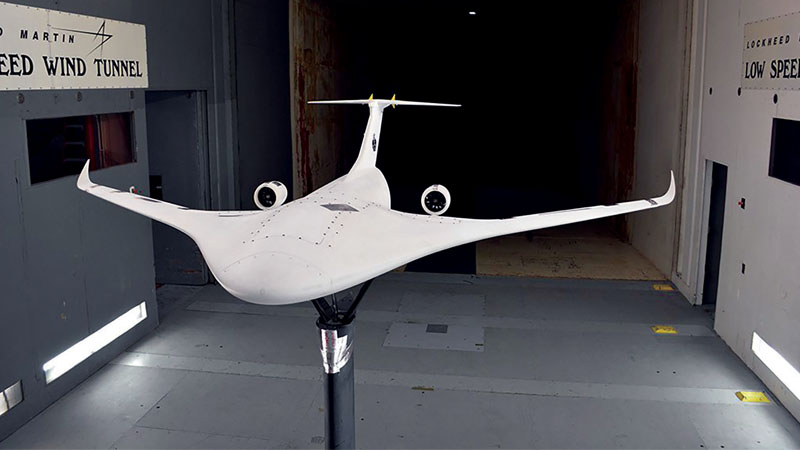Small satellites spread beyond niche roles
By Michael Swartwout and Bryan Rogler|December 2022
The Small Satellite Technical Committee works to advance the science and engineering of satellites, launch vehicles and ground systems to enable the development of small and highly capable spacecraft.
Historically, small satellites have provided niche services in low-Earth orbit, including technology demonstrations, educational missions and specialized communications. However, this year, small satellites fulfilled primary mission roles for national governments and private industry, both in LEO and beyond.
In January, the U.S. Air Force Research Laboratory’s Ascent spacecraft deployed into geostationary orbit, the first cubesat to operate beyond LEO since the Mars Cube One, or MarCO, twin spacecraft passed by Mars in 2018. Blue Canyon Technologies of Colorado was the bus developer for Ascent, which is demonstrating propulsion and navigation technologies for future low-cost operations in and around geostationary orbit.
In September, NASA crashed its Double Asteroid Redirection Test, or DART, spacecraft into the minor-planet moon Dimorphos. The Italian Space Agency’s Light Italian Cubesat for Imaging of Asteroids, or LICIACube, captured images before and after the event.
NASA’s Artemis I mission launched in November, deploying 10 cubesats into cislunar trajectories. Four of those will maneuver into lunar orbits: Lunar IceCube by Morehead State University in Kentucky, LunaH-Map by Arizona State University, LunIR by Lockheed Martin in Colorado and Omotenashi by the Japan Aerospace Exploration Agency, or JAXA. One cubesat, JAXA’s Equilibrium Lunar-Earth point 6U Spacecraft, or EQUULEUS, will maneuver into Earth’s plasmosphere. And five will enter into orbits around the sun: NEA Scout by NASA’s Marshall Space Flight Center in Alabama; BioSentinel by NASA’s Ames Research Center in California; CubeSat to study Solar Particles, or CUSP, by NASA’s Goddard Space Flight Center in Maryland; the Italian Space Agency’s ArgoMoon; and Team Miles built by Miles Space of Florida. These spacecraft will perform a range of missions, including technology demonstrations, lunar mapping and a solar sail-powered rendezvous with a near-Earth object.
NASA’s Cislunar Autonomous Positioning System Technology Operations and Navigation Experiment, or CAPSTONE, spacecraft entered its near-rectilinear halo orbit around the moon in November after experiencing partial loss of control in September due to a stuck thruster valve. The 25-kilogram cubesat that launched in June aboard a Rocket Lab Electron serves as a pathfinder to inform future operations toward NASA’s return to the moon and has a secondary mission of demonstrating spacecraft-to-spacecraft navigation in cislunar space.
Small satellite commercial constellations continued to expand operations, with 32 organizations placing more than 1,000 new spacecraft on-orbit. Five new commercial constellations launched their first spacecraft with missions such as radio-occultation atmospheric science and hyperspectral imaging to internet-of-things communications. These include E-Space, a mesh-network communications system that also proposes to remove space debris. As in prior years, the Starlink and OneWeb constellations were responsible for the majority of those new spacecraft, but another 30 constellations collectively have launched more than 250 spacecraft this year.
Also, 19 universities and private companies put their first spacecraft into orbit. The first from Nepal, the 250-gram SanoSat-1, launched in January along with 104 other small spacecraft on SpaceX’s Transporter-3 mission.



































